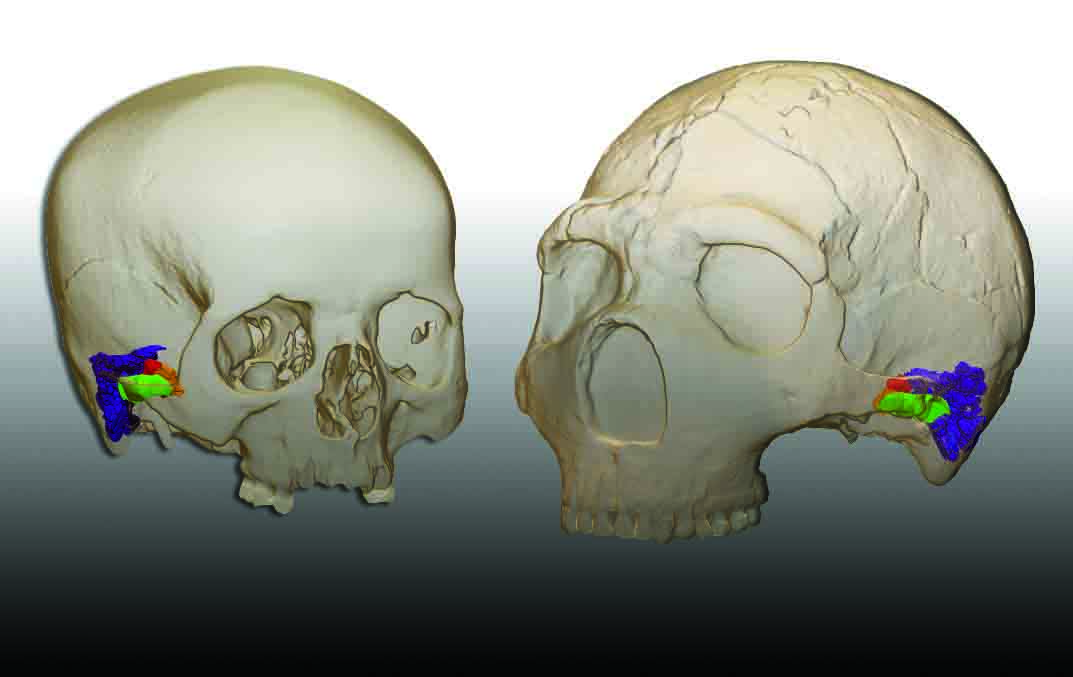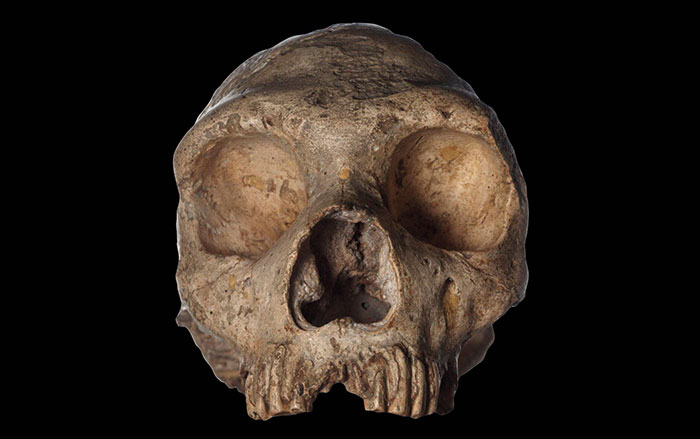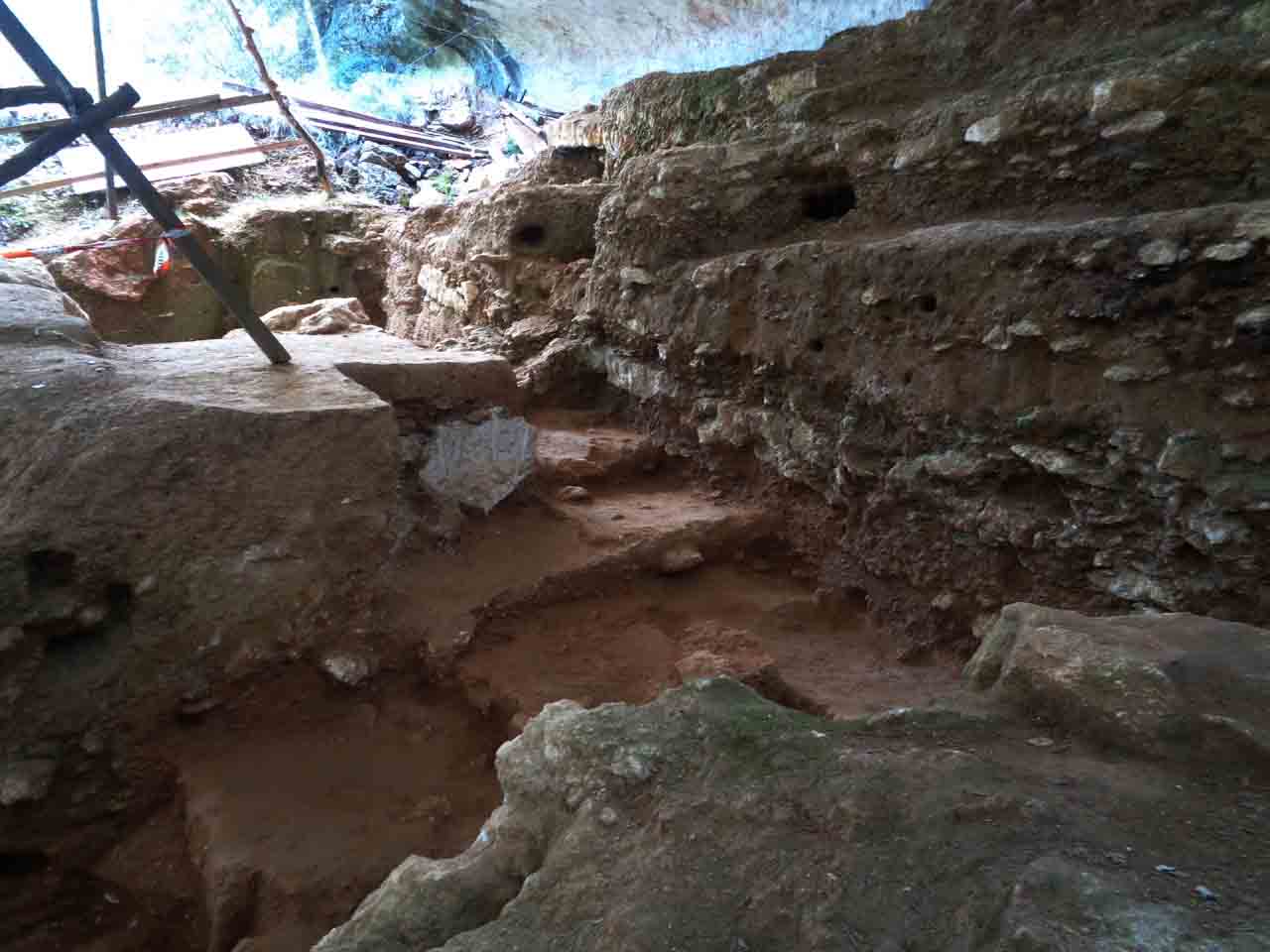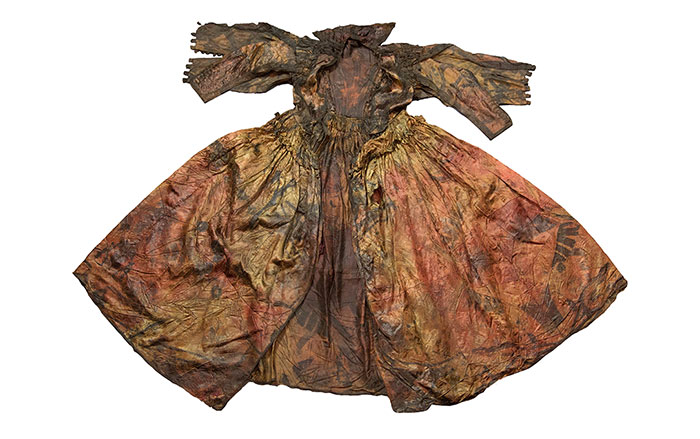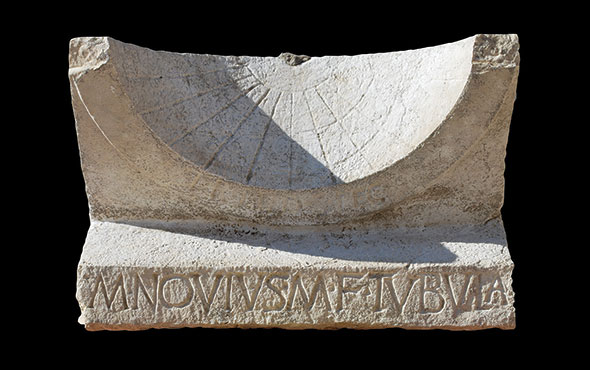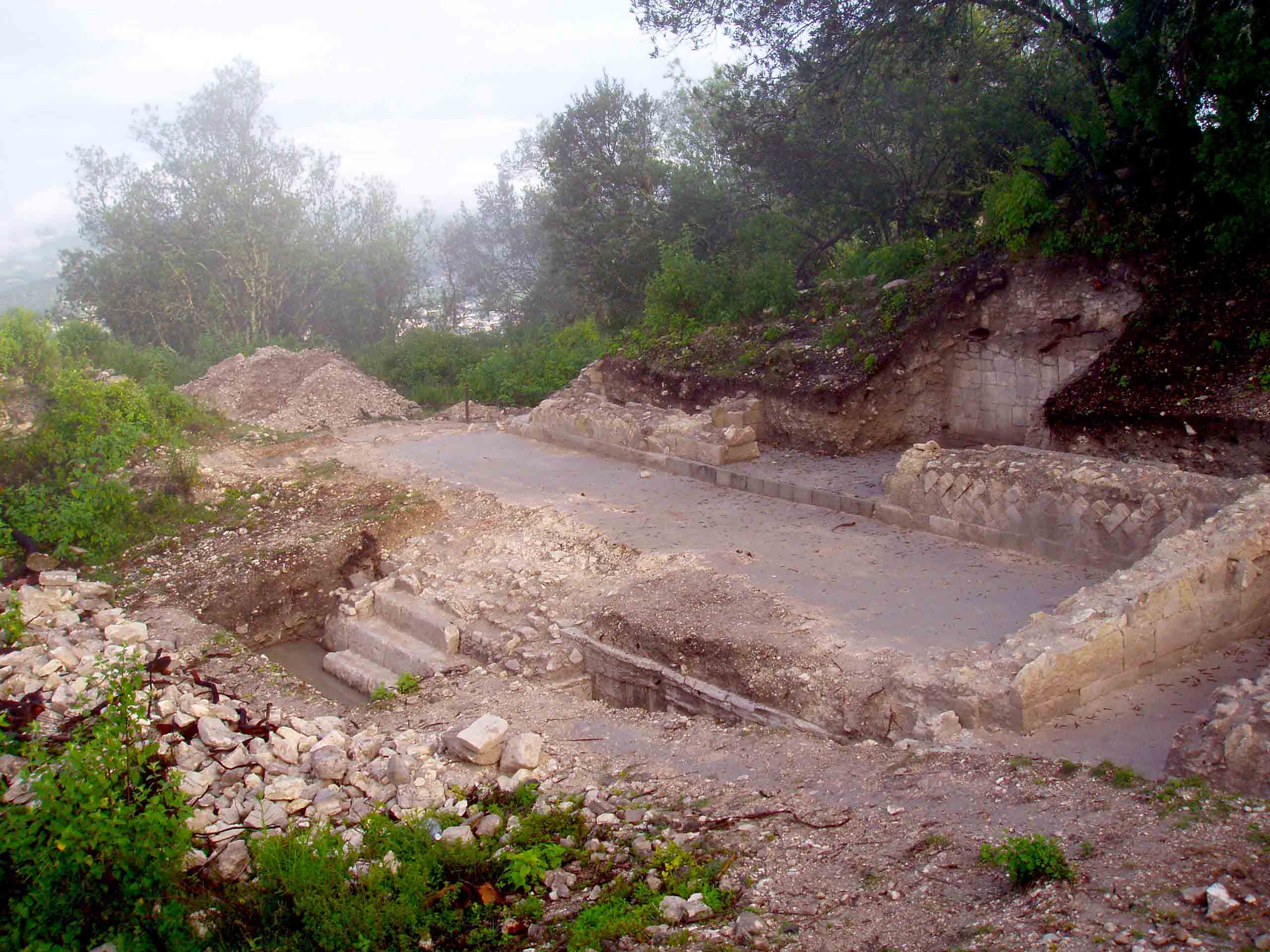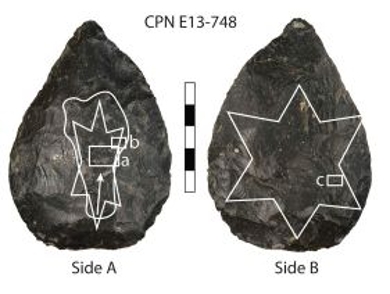
LEIDEN, THE NETHERLANDS—According to a report in The Los Angeles Times, Neanderthals may have controlled and produced fire as early as 50,000 years ago. Andrew Sorensen of Leiden University struck a piece of pyrite against a replica biface—a palm-sized multipurpose tool used by Neanderthals—to see if he could start a fire with it. “Some strikes produced only one spark, others produced showers of up to ten sparks or so,” he said. Sorensen then employed a microscope to compare the marks left on the replica biface with those recovered from several Neanderthal sites in France, and found that they were similar. Bifaces are also thought to have been used to butcher and skin animals, grind minerals into powder, and create other tools, so Sorensen used his replica biface in these ways as well in order to determine what sort of marks these actions left on the stone. “The traces made by pyrite were the ‘best fit,’” he said. “But there could be some other mineral material that we just didn’t think of that could create similar traces.” For more on early human use of fire, go to “Evolve and Catch Fire.”


